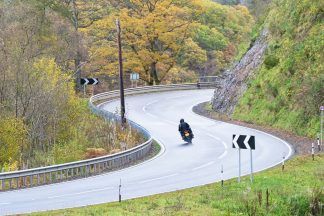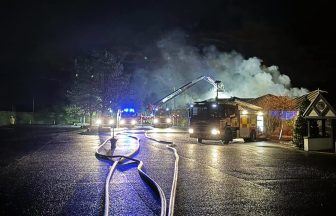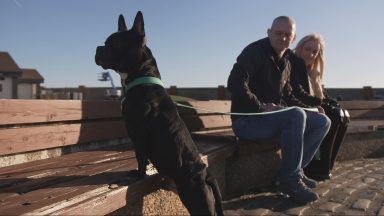Scots are being warned about a toxic plant that can cause severe skin blisters, burns and blindness.
NatureScot has underlined the need for people to be able to identify giant hogweed ahead of the school summer holidays.
The plant, which is not native to Scotland, contains a toxic chemical which sensitises the skin to sunlight and causes severe blisters.
These can result in burns which can be serious and long lasting, with gardeners, walkers, children and animal being hurt every year by the plant.
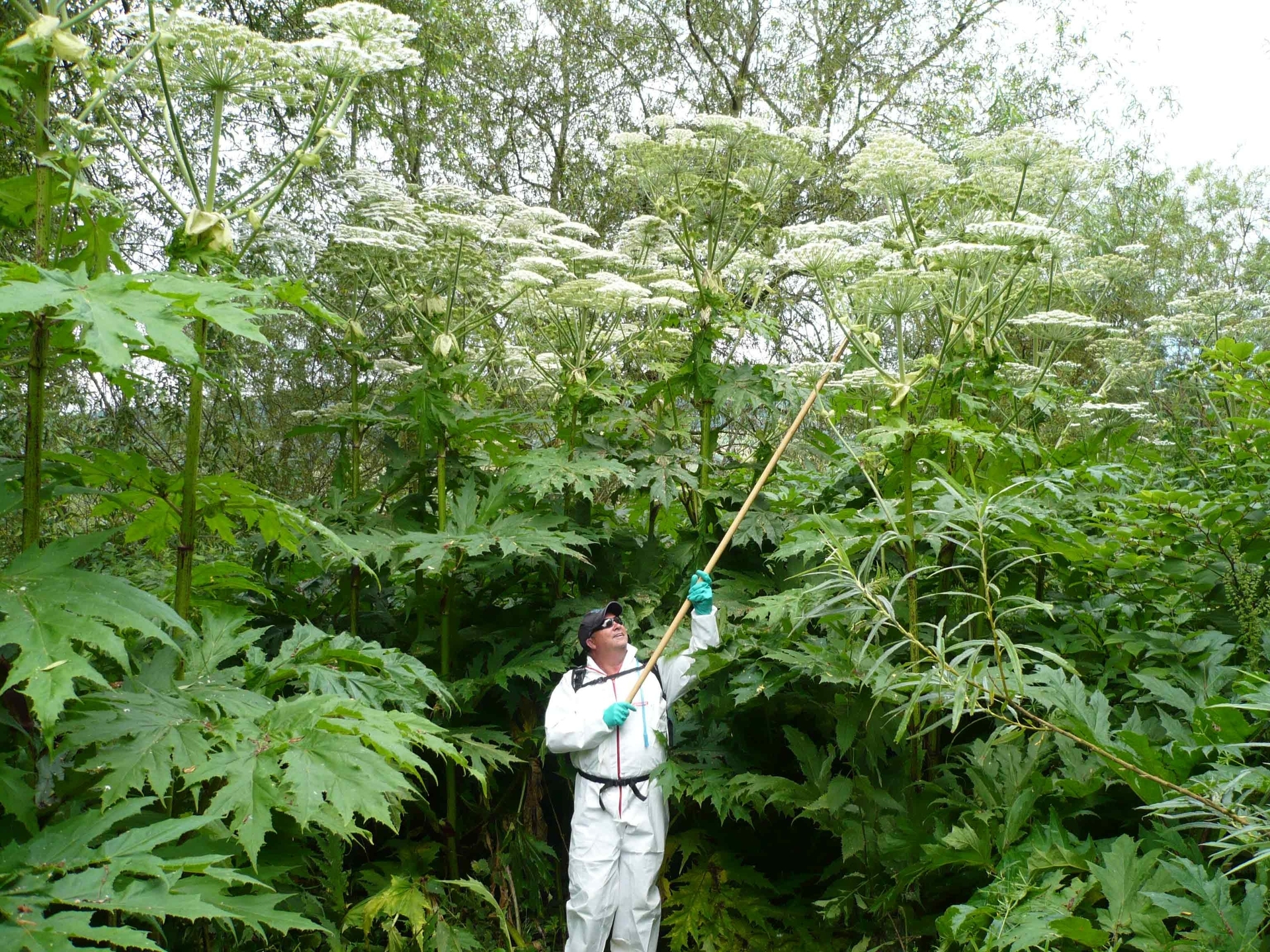 Email
EmailIt is widespread across central and eastern parts of the country and is commonly found along river banks, on waste ground and beside roads and train tracks.
The plant is said to be “relatively easy” to identify, being typically between two and four metres tall with large white clusters of flowers up to 80cm across.
Its leaves are very large and sharply divided and be over a metre across, whilst stems are green with purple blotches covered by bristly hairs.
If making contact with giant hogweed, people should cover the affected area and wash it with soap as soon as possible following contact.
They should also keep the area away from sunlight for at least 48 hours, including sunlight on dull, overcast days.
If a person feels unwell after contact with giant hogweed, they should speak to a doctor.
The owner of the land on which giant hogweed is present has responsibility for the plant.
Although there is no legal requirement to control it, it is an offence to cause this species to grow in the wild and people are expected to take reasonable steps to avoid its spread.
NatureScot’s invasive species policy manager Stan Whitaker explained: “It’s really important for people to be able to recognise giant hogweed so they can avoid potentially serious injury.
“Thankfully the plant is relatively easy to identify when fully grown due to its enormous size of between two and four metres tall, with large white clusters of flowers up to 80 centimetres wide.
“Its leaves are very large and sharply divided and can be over one metre across while the stems are green with purple blotches and covered with bristly hairs.”
Eleanor Robertson, senior clinical research fellow at NHS Greater Glasgow and Clyde, said: “This plant, although impressive to look at, is best avoided and reported to your local council.
“If you do come in to contact with the plant, you must cover the affected area to block sunlight then thoroughly wash the area to remove the sap.
“Should redness or blistering occur, you should seek medical help.”
Follow STV News on WhatsApp
Scan the QR code on your mobile device for all the latest news from around the country


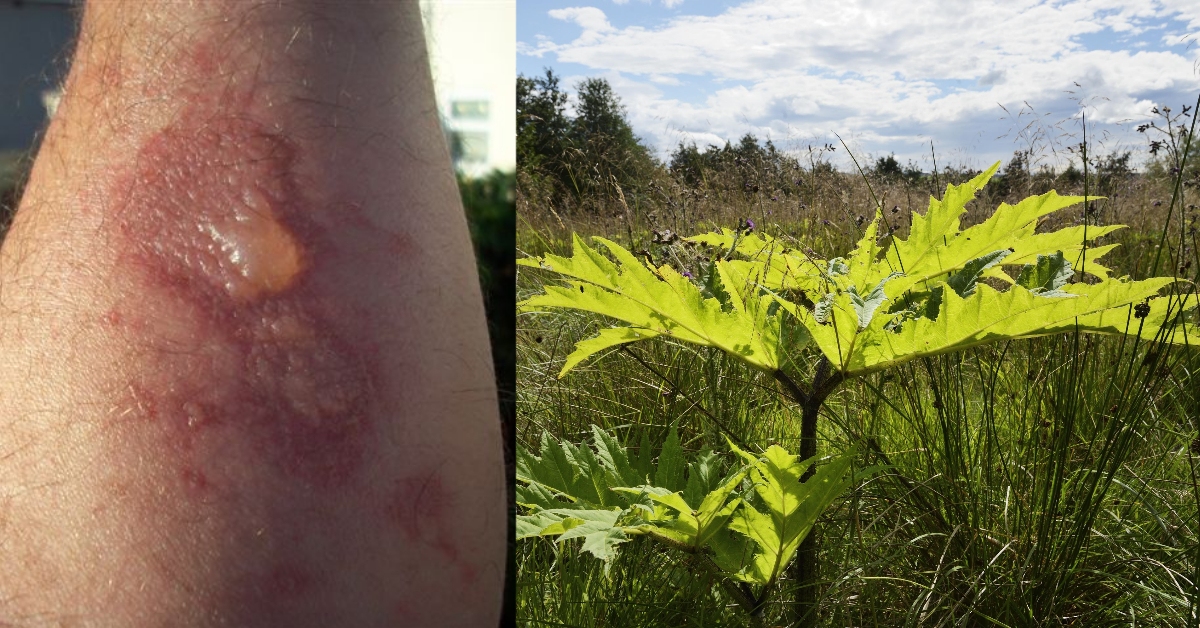 Email
Email

